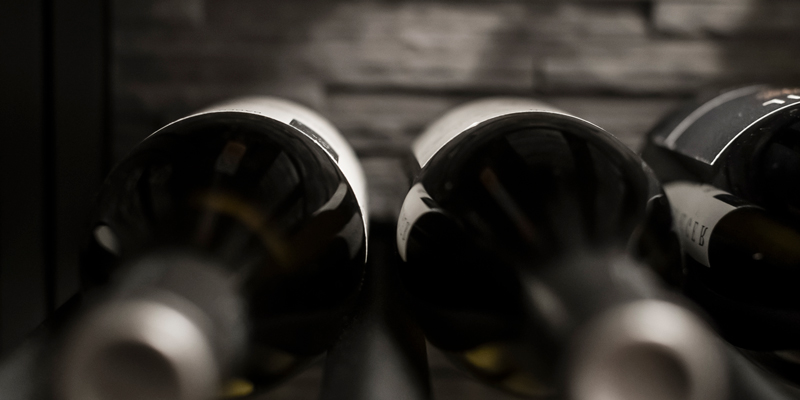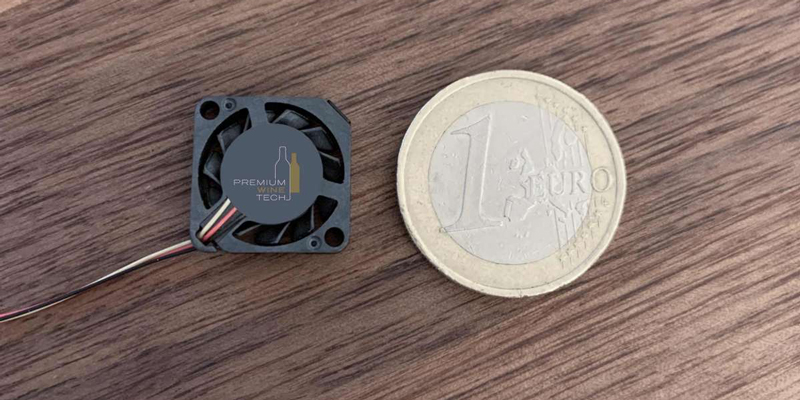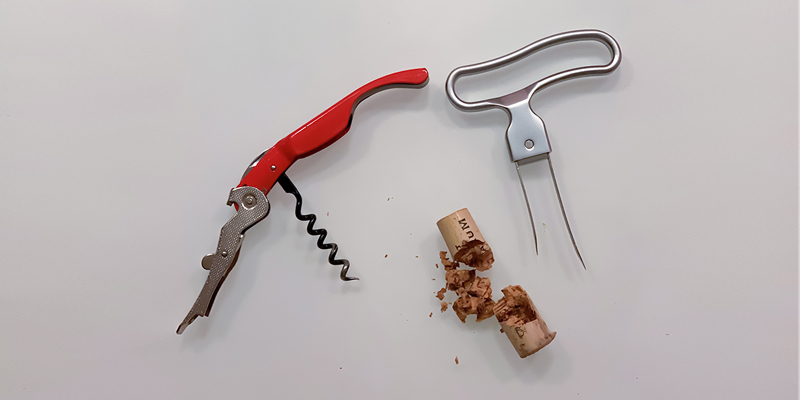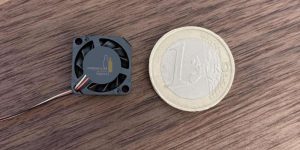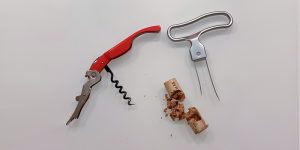In connection with the Sensorbottle we deal - naturally - a lot with the topic of correct wine storage as well as the consequences of non-optimal storage. For example, if wine is stored for a long time with too little ambient humidity, the cork can dry out "from the outside", even if the wine is stored lying down. As a result, it becomes brittle and cracks.
It does not always have to leak in the process, but when opening it, the nasty surprise can then lurk: the cork breaks and a residue remains in the neck of the bottle. Well, contrary to the other possible effects of drying out, such as leakage and oxidation, this is still probably the most harmless, because the wine inside the bottle can still be flawless. And, the problem is actually relatively easy to fix: with a blade corkscrew - sometimes called a spring-tongue corkscrew.
If there are signs that the cork is tearing off or if it has already been torn off, the classic spindle corkscrew comes to the side. Carefully insert the two blades of the blade corkscrew as far as possible while rocking between the glass and the cork. Then turn once by 180° so that the rest of the cork is released from the glass and now, while slowly turning and pulling, twist the cork out of the neck. Voila. The wine is saved and no annoying filtration of the wine has spoiled our mood.
Even better is the clean control of the humidity in the wine cellar - even if you can never be sure how the last guardian of the purchased bottles stored them.


